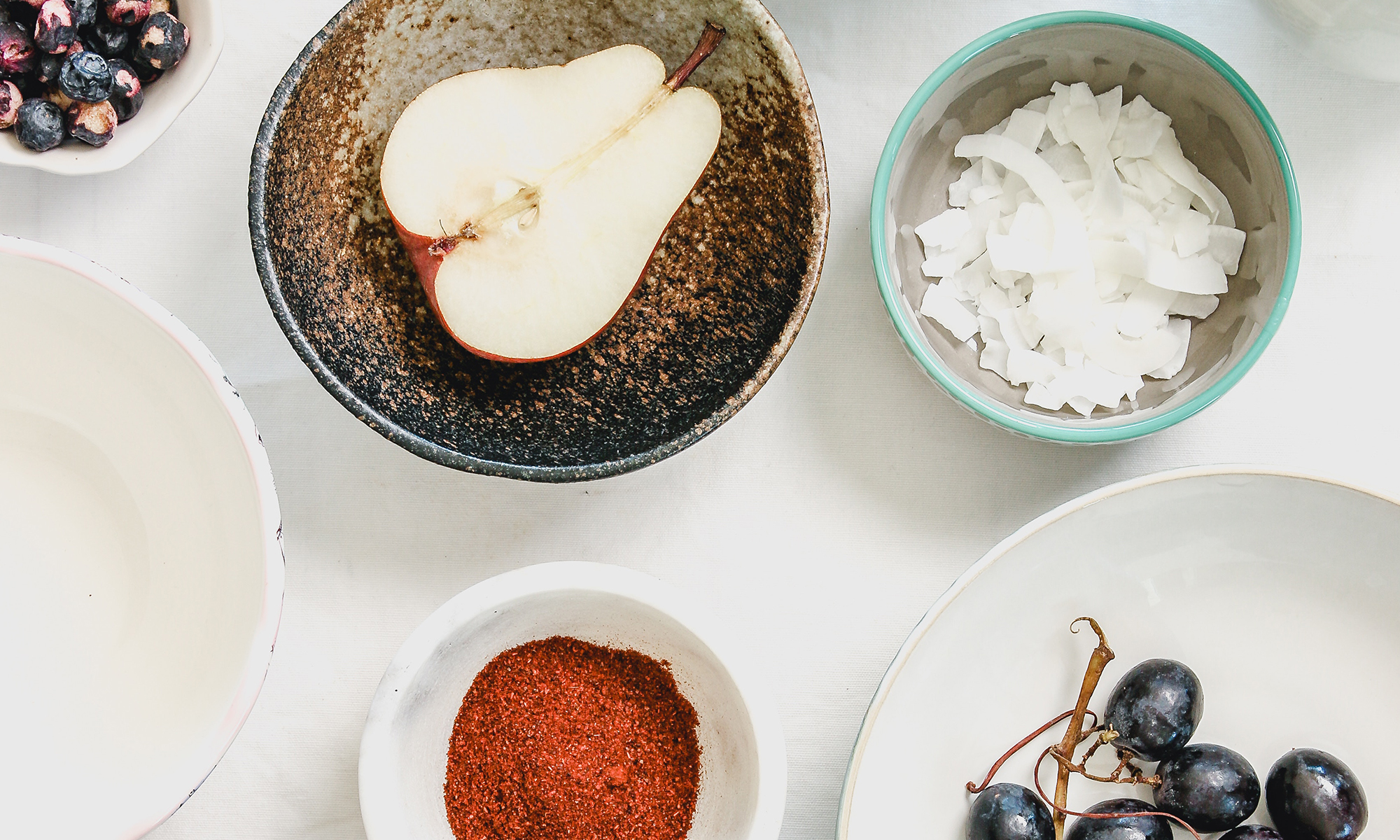If it’s true that you learn from your mistakes, I should be bordering on genius. As I begin my 8th season as an urban gardener, I recall all the things I’ve learned along the way. I’ve shared some key tips for the beginning home gardener on Katie’s site goodLife {eats}. She has a new weekly feature, titled “Grow. Cook. Eat.” I love the name, and since we clearly have so much in common, she invited me to write a guest post. Check it out here.
In general, I share thoughts on how to get started with your own garden. One of the specific questions she asked me to address was, “What are the best plants to grow?” This one I evaded, as it’s nearly impossible to give specific ideas. Grow what you like to eat!
Here are some of the bigger lessons I’ve learned over the years….
Don’t crowd the plants
I’ve made this mistake in various incarnations.
The first way is that I over-plant lettuces seeds. The seeds are so small that it’s hard to only plant two seeds per inch. This year was no different, and again, I will be out in the garden this weekend with my scissors thinning the lettuces.
The other is planting seedlings. The tomato label says, for example, plant seedlings 36” inches apart, and I’ll space them 24” inches, sometimes less. I’m trying to cram as many plants into the garden as possible. Then, I wonder why my tomatoes don’t grow very big. Over the years, I’ve gotten better about properly spacing vegetable plants. And what I’ve lost from having less plants, I’ve gained in larger vegetables and better yields.
I just purchased an injector seed-sower that should help me in the future.
I have micro-climates in my yard
I usually buy a six-pack of basil seedlings, and fit them into the garden wherever I can. Not all patches of soil are created equal, and the basil thrived in some corners and not others. I don’t know why the basil grows better in some patches than others, but I’ve made notes as to where it grows best.
Be Patient
On March 5th (this year), I planted lettuces, beets, kale and kohlrabi. I was heading out of town for two weeks and expected that when I came home, I would see tiny sprouts shooting up all over the garden. Instead, I found paw prints right along the rows I had planted. I assumed that a critter (or two) had come in and eaten every seed.
The next day, I bought some new seeds and replanted everything. And I decided to plant a few new things too – I had seen radishes at the garden center, and thought I should try those. I reconfigured what I planted where… decided the kohlrabi would be better where the kale was, and the kale would work better next to the garlic. The beets and radishes would go where the kohlrabi had originally been planted.
And the day after that…. A carpet of green sprouts spread across the garden. In fact, the seeds I had planted two and a half weeks prior had, in fact, sprouted!
Which leads me to my final point:
Label what you plant
I used to have a memory like an elephant. I’d plants seeds all around my yard and remember what I planted where. As my memory started to fade, I justified my lazy ways by telling myself “The plants will present themselves. When they grow big enough, I’ll be able to identify them, so it won’t really matter.”
Well, the plants don’t always tell you what they are, especially if they are root vegetables. And if you don’t know what they are, you don’t know when to harvest them.
And now with the current mess of plants in my garden, I don’t know what I have growing where. I know I need to thin the sprouts so they have enough room to grow… but am I thinning beets which need 6 inches, or kohlrabi that needs 12, or radishes that need 4???
It’s always an adventure, and I’m sure I’ll have plenty of vegetables to eat starting next month. I’m just not sure what it will be.
What have you learned from your garden?
Happy Gardening!

I’ve learned that I live at Ground Zero for powdery mildew; that I cannot grow zucchini (too much mildew, too many vine borers), beets, or spinach (mysterious wilting thing); and that some kind of bug with a preference for strong flavors eats my sorrel, basil, and sage. On the plus side, blueberries and strawberries love it here.
Great post! Look forward to seeing what happens next 🙂